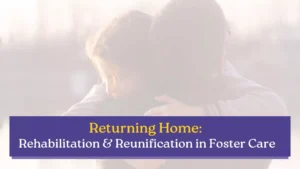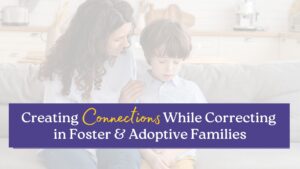Going to Grandma’s house was always a time of great anticipation, joy and expectation. We’d been taught how to say yes ma’am and no ma’am, and the same for all the elders. No matter how they addressed you, our response to them was met with words of respect. Visits were almost always planned and never longer than a week. My parents reminded us that one should never outstay their welcome.
My Family Connections
These special visits, whether during the summertime or around a holiday, provided an opportunity for us to connect with family members that we only got to speak to by phone. During my childhood, we didn’t have Zoom conference calling or phones with Facetime.
Our relatives knew us as Johnny’s kids if we went to visit our southern relatives or as Sane’s (my mother’s nickname) if we visited the midwestern clan. We knew most of our immediate relatives by name, including our first cousins. Family connections were important. If we ever needed support, even though we lived miles away on a military base, we knew we had family we could count on. My grandparents were only a phone call away.
Family connections gave me a sense of belonging. There was a part of my world that extended outside my everyday life.
Disconnected From Family
Many children entering the child welfare system are disconnected from their families when they are removed and placed into foster care. It’s essential for state and local child welfare agencies to work with the child’s biological family to locate potential relatives that can serve as placement options for children. Sometimes relatives can’t be viable options for children. Even when that’s the case having time with them on the phone may help reduce feelings of isolation.

Some relatives live across state lines. The child welfare system can only make placements across state lines when they have utilized the Interstate Compact on the Placement of Children (ICPC)* to ensure the family’s home is a safe place. Unfortunately, the ICPC process takes time. The courts and the child welfare agencies in the sending and receiving states have important roles to play. The sending agency (the local agency that has custody of the child) must request permission to place the child with the family in the other state. The receiving agency (where the family member) must conduct a home study and conduct background checks before approving the placement. Meanwhile, preserving family connections through technology will impact the well-being of a child.
Staying Connected
When my daughter left for college, we set up a date night to keep us connected. Every Tuesday evening at 7:00 pm, we talked to stay caught up with what was going on in each other’s life. The phone became part of our lifeline. I met college friends, listened to things that were on her mind, discussed classes, and heard about her plans for the week during that precious hour.
The positive use of technology can serve as a lifeline for a child recently removed from foster care. That happens in several ways:
- When youth can’t remain in their school of origin, they can stay connected with friends, coaches, and others.
- Youth that are in separate placements from their siblings could have “designated” phone time.
- They are staying connected with relatives or kin, like individuals.
Every Family Is Different
I was blessed to have healthy grandparents who played active roles in my life throughout my college years. One of my grandmothers lived long enough to meet my grandson. Four generations, how precious is the gift of family.
I have often been asked why states recruit for foster families. Where are these children’s grandparents? Over the years, I’ve learned to pause and take a deep breath before responding to that question. I think about something my Grandmother said to me, ‘Baby, all families weren’t raised like our family…don’t judge what you don’t know.’
Every family is different. Every family has its own story to tell or not to tell. There are lots of answers:
- Maybe it’s due to the number of individuals currently living in her home.
- Maybe Grandma lives in a senior living setting, and there are restrictions on who can live there.
- The bottom line is some relatives can’t or won’t welcome their family members to stay with them.
Like my Grandmother said, ‘Ours is not to judge.’ Ours is to look at ways we can bridge the gap and create opportunities for the family.
Preserving connections with family can and should occur even if a child can’t live in their home.
When we find that children in foster care lack family connections, let’s be instrumental in building that connection to their family.















